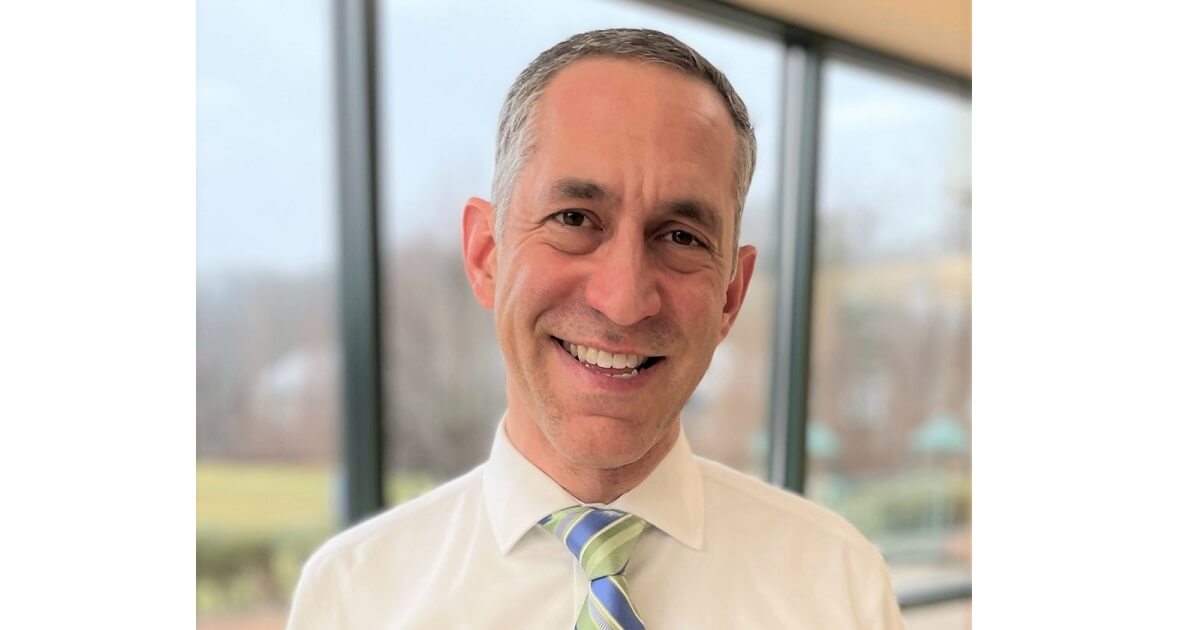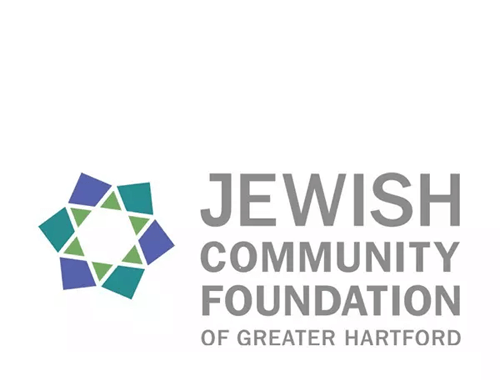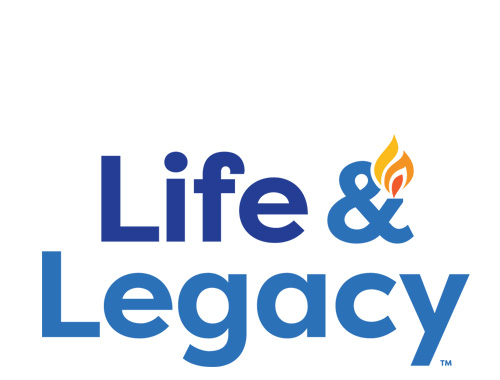Unity, Diversity, and Schechter’s Relationship with Israel

By: Rabbi Jonathan (Yoni) Berger
Unity, Diversity, and Schechter’s Relationship with Israel
Remarks offered at Ner Tamid Gala, March 2024
Thank you so much, Riva [Lewinter], for your heartfelt words, and more importantly, for the unbelievable amount of thought and time and hard work that you have put in as President of the Board of Trustees… Riva talked about the word “tamid”; I want to talk about “ner,” or lamp, and the light that a ner tamid gives off.
When it comes to Israel, we are a community that is both wonderfully united and beautifully diverse. Let’s start with unity. Our Schechter community, all of us, still mourn the victims of October 7th. And every member of the broader Schechter community wants the 134 hostages still held by Hamas to be freed. Those innocent people range from infants to grandparents. We wear necklaces, or bracelets, or place masking tape with a number on our shirt, to remember them. We set places at tables for them. They have been missing for 6 months. All together, with one voice, we proclaim: we want them home now.
And there is diversity in our community—real differences of opinion and emotion that I think it is important to acknowledge. Some of us think in terms of the good that Netanyahu has done for Israel, and some of us think in terms of the harm Netanyahu has done to Israel. We all regret the loss of life in Gaza, but to some of us, it is a tragic but necessary cost of this war, while for others of us, it is an unacceptable cost. We all pray for peace, and I know you join me in mourning the loss of people like the brave aid workers who perished in the horrible accident last week, but we have different ideas about what the future should look like. If two Jews have three opinions, then the 230 of us, with another hundred online, surely have a thousand opinions. So what does it mean for us to be in this room together, celebrating our community’s connection to Israel?
The answer is: we are a ner. We are a lamp. Together, we produce beautiful, shining light—and as we all learned back in grade school, white light hides a rainbow. Imagine how a prism can scatter light into different wavelengths or colors; without the prism, all those colors are still there, just blended together. That’s the kind of lamp we are. We love Schechter, and we love Israel, but each of us loves in a different way, and the diversity of our perspectives makes our community beautiful. Our school has been growing for five straight years, and our rainbow has only gotten more beautiful as we’ve grown. That is what our core value of K’lal Yisrael means to us.
Thank you all for being here today as part of our ner, as we celebrate our community’s connection to Israel and spotlight five people who have built and strengthened and deepened that connection.
And it is a connection, a relationship. It’s not just about answering needs. Usually, we turn on a light for functional reasons, to help ourselves see in the dark. In just two weeks, on the night before the first Seder, we search for bread or other food items that may have leavened, and according to the Mishnah, בּוֹדְקִין אֶת הֶחָמֵץ לְאוֹר הַנֵּר: we search for hametz by the light of a ner. Why do we use a ner? So we can see. The lamp is there to meet our need.
And sometimes, we light lamps for other people—as with lighthouses. We shine a light to meet someone else’s need.
But the original ner tamid wasn’t about functionality or need. After the Israelites left Egypt, they built a desert sanctuary, and they constructed a menorah that sat inside the holy tent. The kohanim (or priests) lit it every night, but it wasn’t there to help them see! No one was in the tent overnight when the menorah burned. Instead, the purpose of that first ner tamid was to tell God, “We are with you.” Meanwhile, at night in the desert, God was manifesting as an amud ha-esh, a pillar of fire, signaling to the Israelites, “I am with you.” God sent light to us, we sent light to God. The ner tamid testified to the strength of a relationship.
In a moment, we are going to share with you a video about how Schechter took action after October 7th. You will see how our students took action; you will see how we welcomed families from Israel, two of which have since returned to Israel, and three who are still with us and are here today…
And there are elements of what we did that didn’t make it into the video, like when Governor Lamont came to Schechter, and we wrote letters to other politicians. The video tells the story better than my words can—but I hope it’s clear that all of our actions weren’t just functional, or just about meeting concrete needs. They reflect our connection; they are ways of shining light and saying, “We are with you.” I hope your heart swells with pride as you watch.
Rabbi Jonathan Berger
Head of School
SEARCH HEAD OF SCHOOL BLOG
ARCHIVES
Solomon Schechter Day School
of Greater Hartford
26 Buena Vista Road
West Hartford, CT 06107
© Solomon Schechter Day School of Greater Hartford | Site design Knowles Kreative




